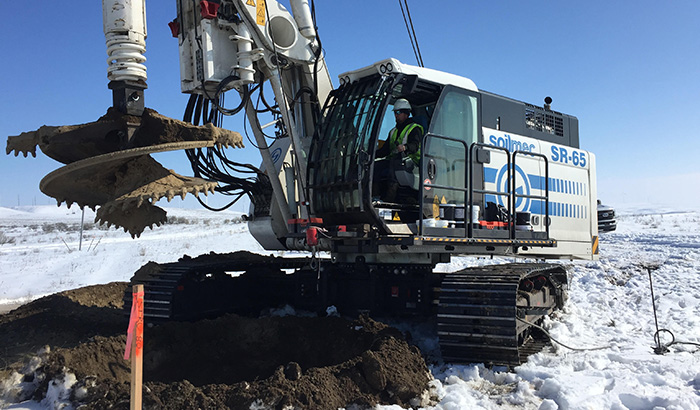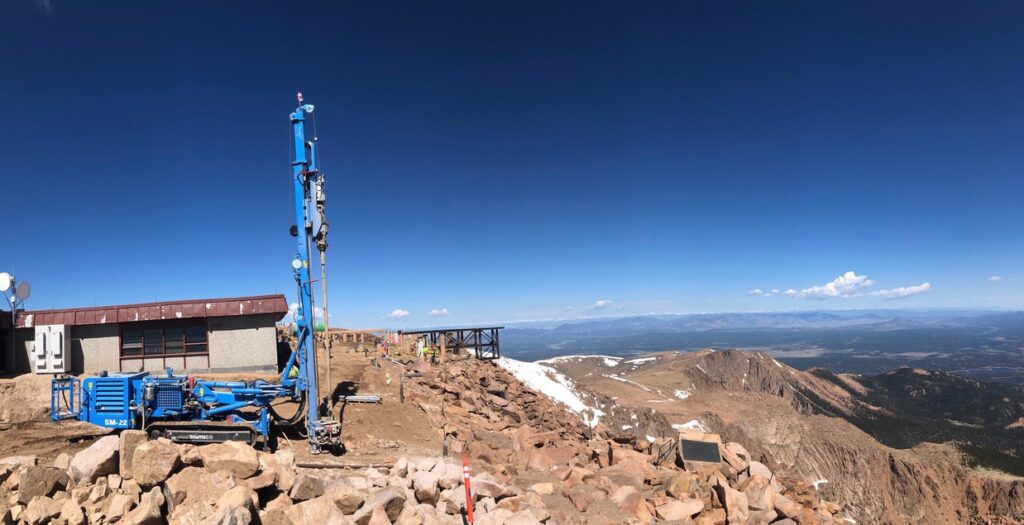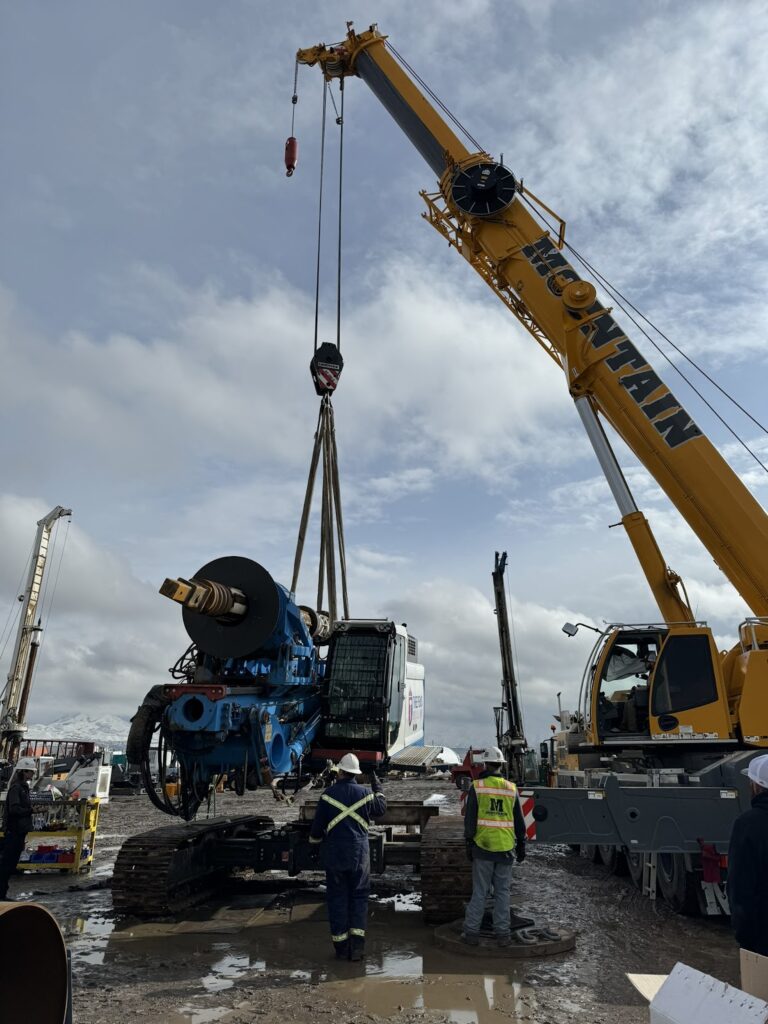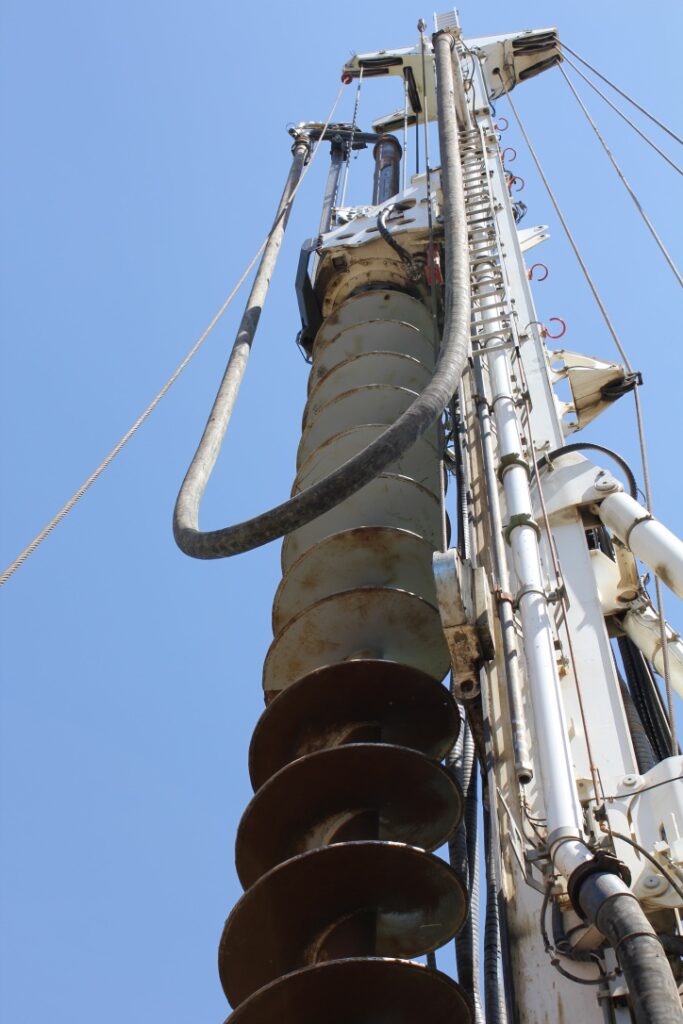
The Importance of Regular Maintenance for Drilling Equipment
In the demanding world of construction and drilling, the reliability and performance of your equipment are paramount. Regular maintenance is a critical investment in your machinery’s longevity and efficiency. Neglecting this crucial aspect leads to a cascade of issues, from costly repairs and operational downtime to compromised safety on the job site.
In this comprehensive blog, we’ll delve into the importance of regular maintenance for drilling equipment, highlighting the benefits of diligent upkeep, common maintenance procedures, and strategies for identifying and addressing wear and tear.
Whether you’re managing a fleet of heavy-duty drilling rigs or overseeing specialized drilling operations, understanding the impact of maintenance — or the lack thereof — significantly influences the success of your projects and the safety of your team.
Join us as we explore how to keep your drilling equipment in top condition, ensuring it remains a reliable asset in your construction arsenal.
What is drilling equipment maintenance?
Maintaining your drilling rig equipment refers to the routine and systematic care, servicing, and inspection of drilling machinery to ensure it operates efficiently, safely, and reliably.
This encompasses a broad range of activities, from simple cleaning and lubrication to more complex tasks like replacing worn parts, updating software, and conducting thorough mechanical inspections.
The goal of maintenance for drilling rigs is twofold: to prevent equipment failures before they occur (preventive maintenance) and to address any issues that arise promptly and effectively (corrective maintenance). Regular maintenance helps identify potential problems early, reducing the likelihood of unexpected breakdowns and costly emergency repairs.
Maintenance activities vary depending on the type of drilling equipment and its specific operational demands. However, common maintenance tasks include checking fluid levels (like hydraulic oil and coolant), inspecting for wear and tear on drill bits and other components, ensuring electrical systems are functioning correctly, and verifying the integrity of structural elements.
Proper maintenance extends the lifespan of drilling equipment and ensures its ongoing compliance with safety standards, protecting operators and other workers on site. It’s a crucial aspect of equipment management that contributes to drilling operations’ overall success and efficiency.

Benefits of regular maintenance
Regular maintenance of drilling equipment offers a multitude of benefits that contribute to the efficiency, safety, and cost-effectiveness of drilling operations. Here are some key advantages:
Extended equipment lifespan
Consistent maintenance helps prevent the premature wear and tear of components, extending the overall lifespan of the drilling equipment. This means the machinery serves your operations longer before needing replacement.
Enhanced performance and efficiency
Well-maintained equipment operates at peak efficiency. Regular checks and tune-ups ensure that all parts function optimally, leading to smoother operations, better drilling accuracy, and reduced energy consumption.
Cost savings
Investing time and resources in maintenance leads to significant cost savings in the long run. By avoiding major breakdowns and the need for expensive repairs or replacements, you’re better able to keep operational costs in check. Regular maintenance also helps identify parts that need replacement before they fail and cause more extensive damage.
Improved safety
The safety of workers is paramount, and well-maintained equipment poses fewer risks of accidents and injuries. Regular maintenance ensures that all safety features are intact and operational, creating a safer work environment.
Minimized downtime
The safety of workers is paramount, and well-maintained equipment poses fewer risks of accidents and injuries. Regular maintenance ensures that all safety features are intact and operational, creating a safer work environment.
Compliance with regulations
Unexpected equipment failures can halt operations, leading to costly downtime. Through regular maintenance, professionals are able to quickly identify and address potential issues, minimizing the risk of sudden breakdowns and keeping projects on schedule.
Enhanced resale value
Should you decide to sell your equipment, a well-documented history of regular maintenance significantly enhances its resale value. Potential buyers are more likely to invest in equipment that has been properly cared for.
Predictability in operations
With a regular maintenance schedule, operations become more predictable. You can plan maintenance activities during off-peak times, ensuring your equipment is ready to go.

Common maintenance procedures for drilling equipment
Common maintenance procedures for drilling equipment help ensure the machinery operates safely, efficiently, and reliably. Here’s an overview of typical maintenance tasks:
- Cleaning: Regular cleaning is fundamental to prevent dirt, debris, and drilling by-products from interfering with the equipment’s operation. This includes cleaning filters, radiators, and vents to ensure proper airflow and cooling.
- Lubrication: Proper lubrication reduces friction between moving parts, minimizing wear and extending the lifespan of components. It’s crucial to use the correct type of lubricant for each part and to follow the manufacturer’s recommended lubrication schedule.
- Fluid checks and changes: Regularly checking and replacing hydraulic fluids, engine oil, coolant, and other operational fluids is critical. These fluids degrade over time and use, losing their effectiveness and potentially harming the equipment.
- Inspection and tightening of fasteners: Vibration from drilling operations can loosen bolts, nuts, and other fasteners. Regular inspections and tightening ensure the structural integrity of the equipment.
- Wear and tear assessment: Components such as drill bits, bearings, seals, and hydraulic hoses are subject to wear. Professionals should regularly inspect these components for signs of deterioration. Replacing worn parts before they fail helps prevent unexpected breakdowns.
- Electrical system checks: Inspecting the electrical system, including batteries, wiring, and connections, helps prevent power failures and ensures the equipment’s electronic components function correctly.
- Software updates: Keeping software up to date is important for equipment with digital controls or monitoring systems. Software updates enhance performance, add new features, and fix known issues.
- Calibration and alignment: Ensuring that drilling components are properly calibrated and aligned is essential for accurate drilling operations. Misalignment leads to inefficient drilling and increased wear on components.
- Safety feature tests: Regular testing of safety features, such as emergency stop mechanisms, alarms, and protective guards, is crucial to ensure they function correctly when needed.
- Documentation and record-keeping: Maintaining detailed records of maintenance activities, part replacements, and inspections helps track the equipment’s condition over time and facilitates future maintenance planning.
Identifying and addressing wear and tear
Identifying and addressing wear and tear on drilling equipment is crucial for maintaining operational efficiency and preventing costly breakdowns. Here’s a guide on how to manage this process effectively:
Identifying wear and tear
Regular inspections
Conduct routine equipment inspections, focusing on high-wear areas such as drill bits, bearings, seals, and hydraulic systems. Use a checklist to ensure all critical components are examined systematically.
Look for visual signs
Look for visible signs of wear, including cracks, deformations, excessive rust or corrosion, and leaks. Pay special attention to cutting edges, as dull or damaged drill bits significantly reduce performance.
Listen for unusual noises
Unusual noises, such as grinding, squealing, or knocking sounds, often indicate internal wear or damage. Identifying the source of these sounds helps pinpoint areas needing attention.
Monitor performance
Decreases in drilling speed, efficiency, or accuracy often signal wear and tear. Monitoring performance metrics can help identify when components are no longer functioning optimally.
Use wear gauges and measurement tools
Utilize wear gauges and other measurement tools to assess the extent of wear on components. Many parts have specified wear limits that, once exceeded, indicate the need for replacement.

Addressing wear and tear
Follow the manufacturer’s guidelines
Refer to the equipment manufacturer’s guidelines for addressing wear and tear. Manufacturers often provide specifications for when parts should be repaired or replaced.
Use quality replacement parts
When replacing worn components, use high-quality parts that meet or exceed the original specifications. This ensures compatibility and maintains the equipment’s performance and safety standards.
Professional servicing
For complex components or significant wear and tear, consider professional servicing. Experts ensure repairs are done correctly and often identify additional areas of concern.
The impact of neglected maintenance
Neglecting maintenance on drilling equipment can have far-reaching consequences, impacting the machinery and construction projects’ overall success and safety.
When professionals overlook regular upkeep, equipment is more prone to unexpected breakdowns, leading to costly downtime and delays in project timelines. This lack of attention accelerates the wear and tear of critical components, resulting in expensive repair or replacement costs down the line.
Moreover, poorly maintained equipment poses significant safety risks, increasing the likelihood of accidents and injuries on site. Neglected maintenance can also lead to decreased efficiency and performance of the equipment, compromising the quality of work and potentially leading to non-compliance with industry standards and regulations.
Western Equipment Solutions
Ready to ensure your drilling equipment operates at its peak performance and stands the test of time? At Western Equipment Solutions, we understand the critical role of well-maintained machinery in your projects’ success.
Our team of experts is dedicated to providing you with top-quality service, parts, and support tailored to meet all your equipment needs.
Whether you’re seeking professional maintenance advice, searching for reliable parts, or exploring service options, we’re here to help you every step of the way. Don’t let maintenance challenges slow you down.
Contact Western Equipment Solutions today, and let us partner with you to achieve optimal efficiency and reliability in your construction endeavors. Your equipment deserves the best — let’s make sure it gets nothing less.
